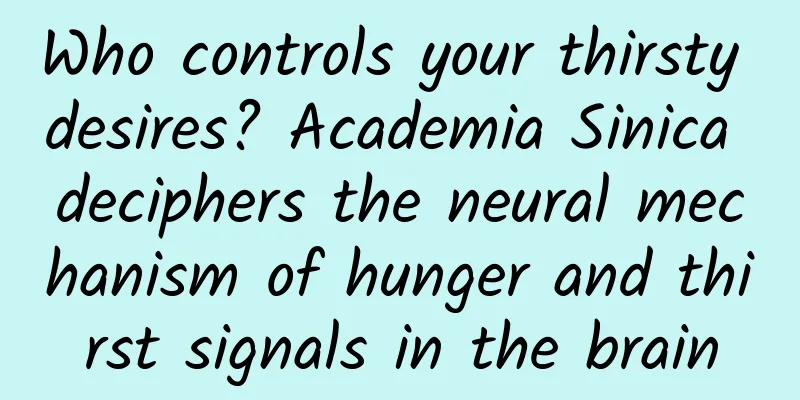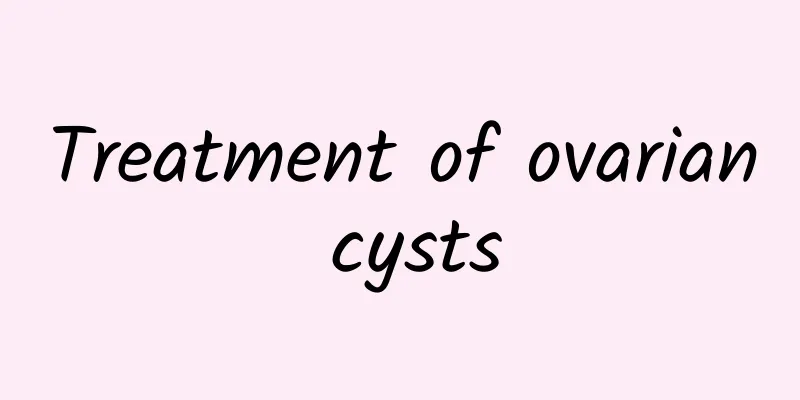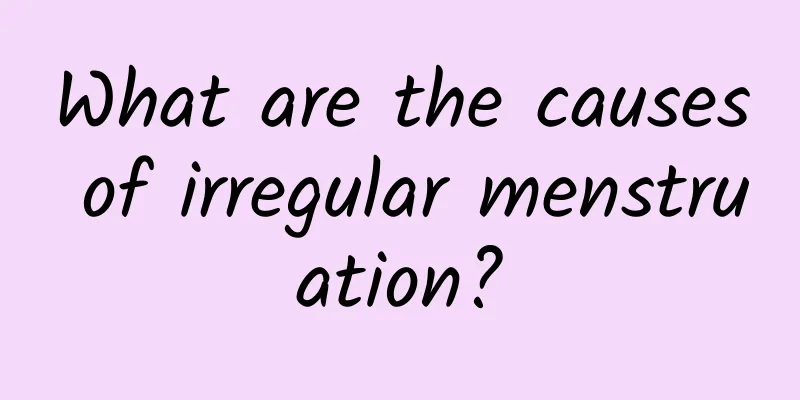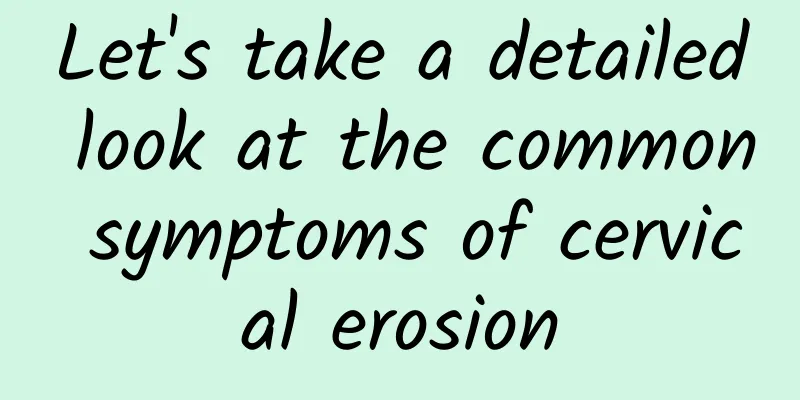Who controls your thirsty desires? Academia Sinica deciphers the neural mechanism of hunger and thirst signals in the brain

|
Who controls your thirsty desires? Many human neurological diseases, such as depression, anorexia, addiction, etc., are related to the motivational system in the brain. In order to decipher the signals of hunger and thirst, the research team of Academia Sinica deciphered the neural circuits in the fruit fly brain and discovered for the first time a neurotransmitter called leucokinin, which affects the fruit fly's behavior of seeking water or food by regulating different brain neurons. This has revealed the neural mechanism of the interaction between thirst and hunger signals in the brain, which will help us understand the more complex human brain. Who controls your thirsty desires? Academia Sinica has deciphered the neural mechanism of hunger and thirst signals in the brain. When fruit flies are hungry, the leucokinin neuropeptide is released A multinational team led by Assistant Researcher Shu-Wei Lin of the Institute of Molecular Biology, Academia Sinica, and Bhagyashree Senapati, a doctoral student in the International Graduate Program of the institute, discovered that leucokinin released by LHLK neurons in the fruit fly brain is a signal of both thirst and hunger. When fruit flies are thirsty, the thirst neurons (PPL1-γ2α′1, PAM-β′2a) are inhibitory nerve cells, like a closed door, which will inhibit the behavior of seeking water. However, leucokinin can inhibit their activity, producing a negative-positive effect, opening the channel and prompting fruit flies to pursue odors related to water. When fruit flies are hungry, leucokinin is also released, activating another group of hunger neurons (PAM-β′2mp), driving the fruit flies to forage for food and look for food-related odors. What is leucokinin? Leucokinin is a short protein chain called a neuropeptide. Previously, it was only known that it was involved in maintaining water balance in the body in insects, but the details of its role were unclear. When these leucokinin neurons are inhibited, inactivated, or activated, the behavior of fruit flies changes. They will not look for water even when they are thirsty, or they will still look for water even though they have already drunk a lot of water, indicating that these neurons are related to thirst. (Photo courtesy of Academia Sinica) Academia Sinica deciphers neural circuits and interactions of thirsty and hungry neurons in fruit fly brains But why wouldn't a hungry fruit fly go looking for water to drink? Because the brain releases two other neurotransmitters - serotonin and dNPF, which offset the inhibition of thirst neurons by leucokinin, causing thirst neurons to continue to inhibit water-seeking behavior. Thirst circuits in the fruit fly brain. (Photo courtesy of Academia Sinica) Hunger circuits in the fruit fly brain. (Photo courtesy of Academia Sinica) Lin Shuwei pointed out that this study has cracked the neural circuits and interactions of thirst and hunger neurons in the fruit fly brain, which also means that the motivation for thirst and hunger is not simply that one group of neurons is responsible for thirst signals and another group of neurons is responsible for hunger signals; instead, it is through the cooperation and competition of multiple neurotransmitters to regulate different brain neurons, so that water-seeking behavior only occurs when thirsty, and not when hungry, allowing fruit flies to make correct foraging decisions based on physiological needs. This research result was published in Nature Neuroscience in December this year (108). |
Recommend
Will chronic cervicitis cause infertility? Beware of the four hazards of chronic cervicitis
Will chronic cervicitis cause infertility? Beware...
Can uterine cysts be treated with medication?
The medical treatment of uterine cysts depends on...
How to treat vulvar leukoplakia
How to treat vulvar leukoplakia? Clinically, leuk...
How to avoid cervical hypertrophy
Cervical hypertrophy is a very common disease amo...
Can endometrial tuberculosis be transmitted between sexual partners?
Can endometrial tuberculosis be transmitted betwe...
Is it dangerous to have a miscarriage of the first child? 4 possible dangers after miscarriage
Women who have a miscarriage will have a period o...
How to diagnose cervical warts?
Cervical warts are not unfamiliar to us. They are...
What are the symptoms of menopause?
What are the pathological symptoms of pathologica...
Several common examination methods for endometrial tuberculosis
Endometrial tuberculosis is a serious disease tha...
What are the surgical treatments for uterine fibroids?
Uterine fibroids, also known as uterine leiomyoma...
Is your visceral fat excessive? Nutritionists teach you how to lose fat smartly
As soon as you sit down, annoying circles of fat ...
How much does it cost to treat endometrial tuberculosis?
Nowadays, there are many methods for treating end...
Can I apply heat to my appendix?
If you have adnexitis, you can apply hot compress...
What are the early symptoms of uterine fibroids?
What are the early symptoms of uterine fibroids? ...
shock! A high school girl stepped on the flywheel for 10 minutes but couldn't stand up! Rhabdomyolysis may lead to acute renal failure
If you suddenly overload yourself with heavy weig...









